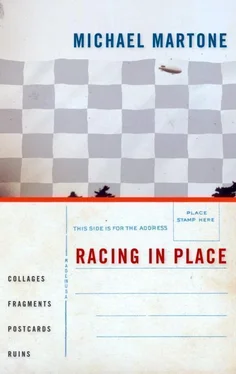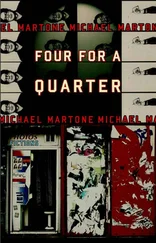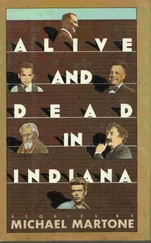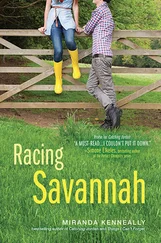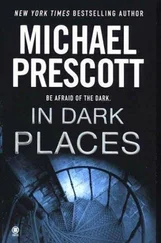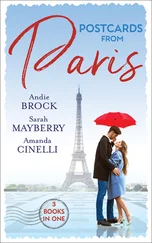Counting Words
In his letter titled "A Private Word," Mark Twain informs his correspondent that he has "spilt 48,000 words in 34 days" during his stay in York, Maine. A century later, words don't count and aren't counted in exactly the same way. I haven't seen a photocopy of the actual letter. Is it a holograph? I am reading a typescript from a print taken from an e-mail. Was it typed? Twain invested in the gadget, right? He was one of the first "writers" to type. I like to think of several machines in cases among the trunks lugged to that beach. It would have made the counting easier, standardizing the line length and the number of lines per page, making it a snap, then, to average and add. It is strange when you think about it-that the business of writing would be settled then by such piecework. Paid by the word! How styles might have been even more deflected if the wage scale was by the letter, a wholly different kind of padding. It is much more rare today to be paid by the word. The piecework has been exchanged for the negotiated price of a finished product. You can see Twain counting up the coin at the end of the day, satisfying a need, perhaps, to demonstrate that a concrete thing was under construction. The typewriter answers that nineteenth-century need perfectly-like repeating rifles, sewing machines, harvesters, machines that build other machines. With a typewriter you could get some production going. Twain would have loved this machine, the one I am using right now. Right below this line, in the borders of the opened window every word I type is duly counted. There are two numbers actually, pulsing and flashing, one representing the total number of words typed and the other the number of the word closest to the blinking cursor. This word-word-for example, is word #919, a mere pittance compared to the summer's production noted by Twain. The irony is that it is so much more efficient now to count but that the words don't count in the same way anymore. Another irony is that I have set up this incredible typesetting machine to replicate the look and feel of the nineteenth-century typewriter. The font, the margin settings, the leading-all mimic a product of the century before. I even have a font that counterfeits the varying pressure of various key strikes-the a lightly struck by the left pinky finger, the lasso of the e filled in by what appears to be a heavy residue of ribbon ink. Of course these letters we are looking at are copies anyway, the originals sent and perhaps lost long ago. Carbon paper, another blast from the past, has been reduced to a fossil of the cc in the e-mail address field. The editor of this magazine has asked for 1,000 to 1,200 words on these 250 (give or take) words written by Mark Twain. This is word #1105.
Lots
When he died, Nick Karanovich had the largest private collection of Twain ephemera in the world. He was a middle-school principal in my hometown, Fort Wayne, Indiana. At auction the collection garnered the estate $1.4 million, and a dealer from Texas carted off the remaining unsold material in three North American moving vans. I visited Nick's house once. From the outside it looked like all the other houses in the suburban track development-a split-level with an attached two-car garage. The garage wasn't a garage. It was the fireproof vault where he stored the paper. It all started when he stumbled upon a first edition of The Adventures of Tom Sawyer at an estate sale. The room, the garage that was not a garage, was windowless and the temperature and humidity were controlled. There was hardly room to walk amid the boxes and files and cases stuffed with papers and books. Just a narrow pathway from the door to a wooden desk in the room's center, a desk with an authentic provenance as a launching pad for so many Mark Twain missives. I sat where the writer sat in a chair where he purportedly sat, or I almost did since I was really sitting deep inside a specially constructed bunker that simulated the experience by bringing together this desk and chair. It was another machine, that room. It too trafficked in time travel. Nick had constructed it to operated like a nuclear pile, hoping to accumulate some critical mass of Twainia. But it was all already decaying, doing the half-life two-step in the other direction. I love the fact that the other letter found in Maine, a letter never known nor possessed by Nick Karanovich, seems to be about returning something, a razor, and an exchange of money. Long ago that message was set in motion. Now these little pieces of time have been found and are circulating again, a paradox of entropy as well as its proof.
Country Roads Lined with Running Fences: A Dozen Story Problems about the Place of Place




1. Where to have lunch? One summer, in Centerville, Iowa, I had supper in a restaurant on the largest town square in the world. At one time, chances were good that on most town squares of the Midwest there would be a steak place, or a pizza parlor, soda fountain, or newsstand, run by a Greek family. Perhaps the only indication would be a special salad on the menu, a gyros machine by the grill, or a fading picture of a white island and blue water tacked to the wall. Ten years before, George, the restaurant owner, came to Centerville from the Peloponnese by way of the Quad Cities, where he had family in the restaurant business. He worked most of the year but shut down to return to Greece with his family. He told me he sent his wife and child back for good since he wanted the boy to grow up there. One day, he thought, he'll return for good, too. It was the winter he had never grown used to. Though Centerville had been very good for business, it could never be home. When I told him how much I'd liked traveling in Greece, how I'd look to make it over there again, he did something remarkable. He scribbled down his name and the addresses of cousins in Athens, folks in his village, and told me where to find them when I am in Kalamata. "Ask for Yiorgos," he said. "Say that you are from Iowa."
2. Iowa is where exactly? Actually, I am from Indiana-that's where I was born and grew up. I know the feel of the Midwest. In Ireland, in Poland, in Italy one can sense a loss and a resignation to the fact that much of the country's population lives somewhere else. America as a nation has never suffered a diaspora, but natives of Iowa, of Indiana, and of the Midwest know of this fate. Our migrations are internal, our shifts of population covered by an easy freedom to move about and an illusion that most places are the same or can be made to feel the same. Talking with George in Centerville, Iowa, reminded me of Greece, where most everyone has a friend or relative who has gone away. And being reminded of that brought me home, back to Iowa, to Indiana, to my midwestern home, where people have not gone to a new country but have certainly gone away.
3. Where exactly is this Midwest? Where are its borders? What are its colors on the map? It depends on whom you ask. Iowans generally sketch roughly the Big Eight states-Iowa, Nebraska, Kansas, Missouri, and the Dakotas-as the prime midwestern states. Sometimes they will reach for Oklahoma. When asked about Indiana or Ohio the usual consensus is that those places lie in the East. They are surprised to learn that Hoosiers think of the Midwest as the Big Ten-Michigan, Ohio, Indiana, Illinois, Wisconsin, and part of Iowa. Iowans want to know what "Easterners" from Indiana would call what they call the Midwest. I say the Plains, of course. It becomes more interesting when I ask what defines a midwestern state. It must be rooted in agriculture, they say. I answer that it should be a balance between farming and manufacturing. They narrow their definition. The agriculture must be a special kind. It must be corn. Their definition of the Midwest derives from their home state, of course. It hasn't defined anything at all, but has been shaped to fit the place.
Читать дальше
